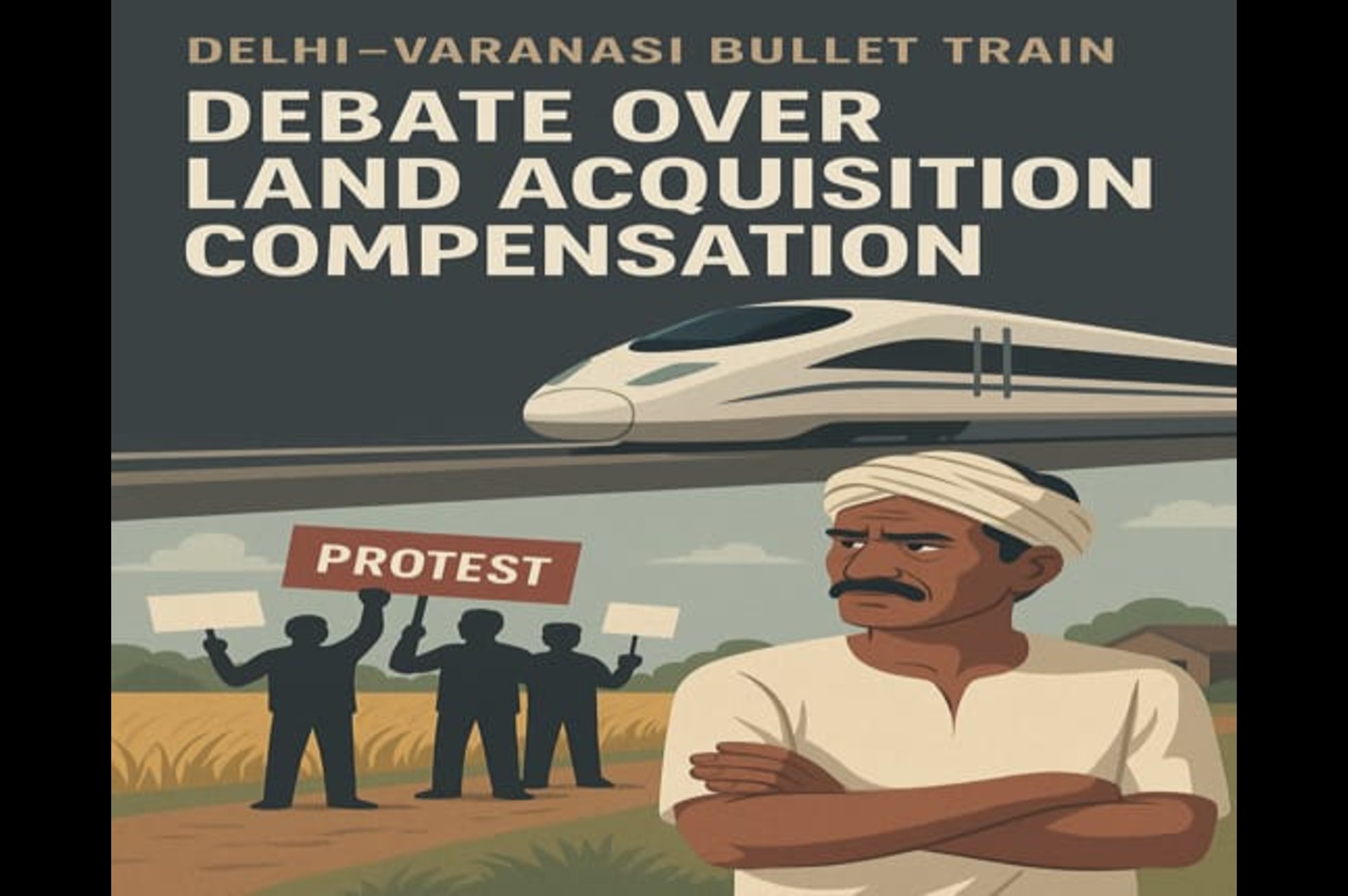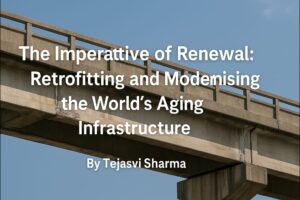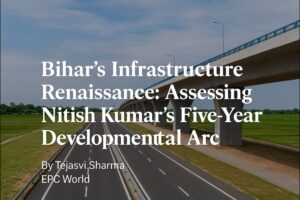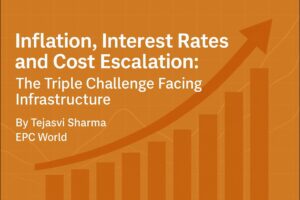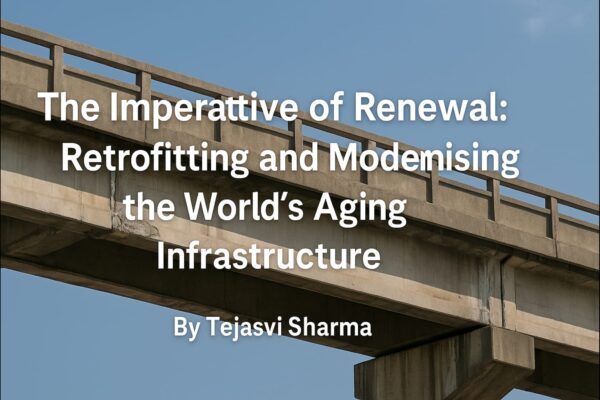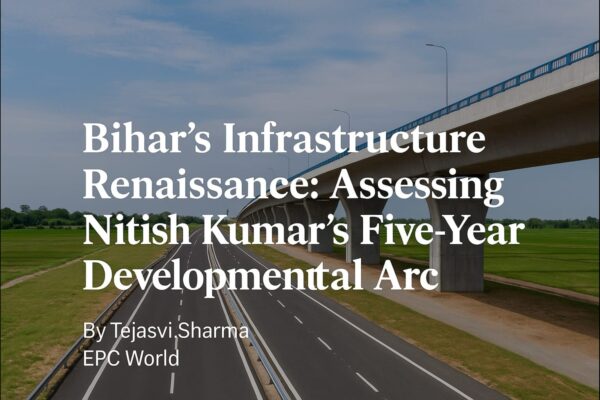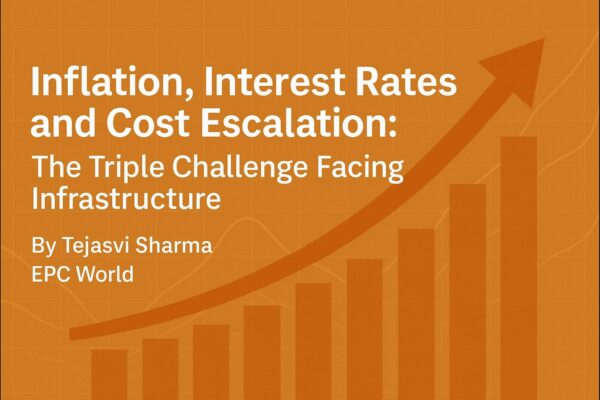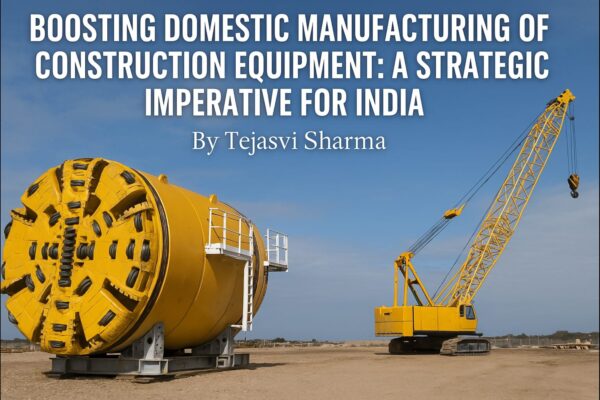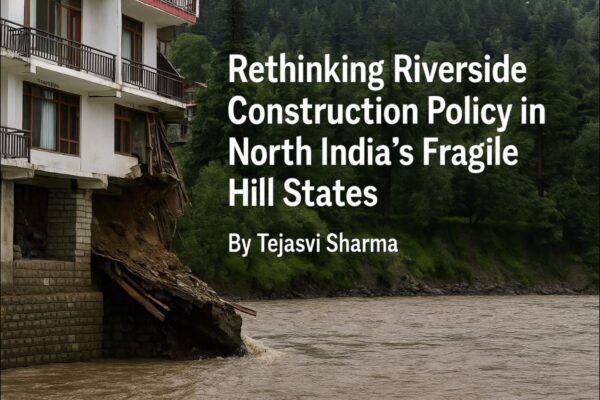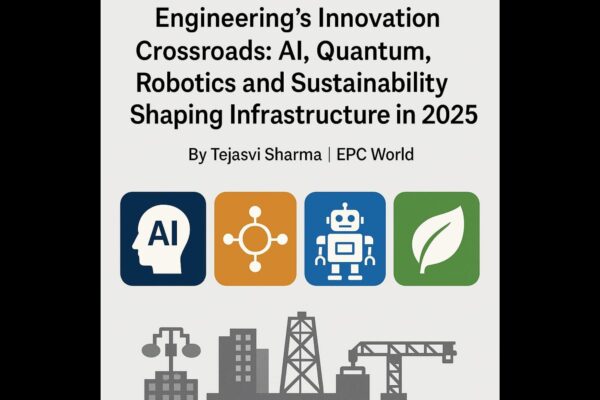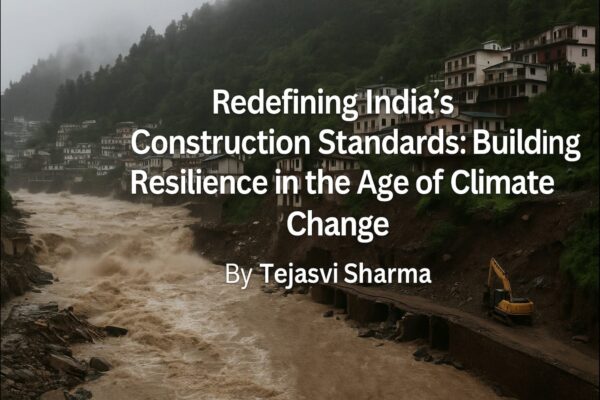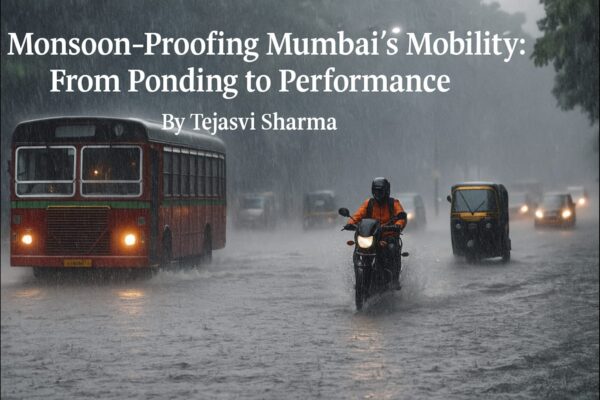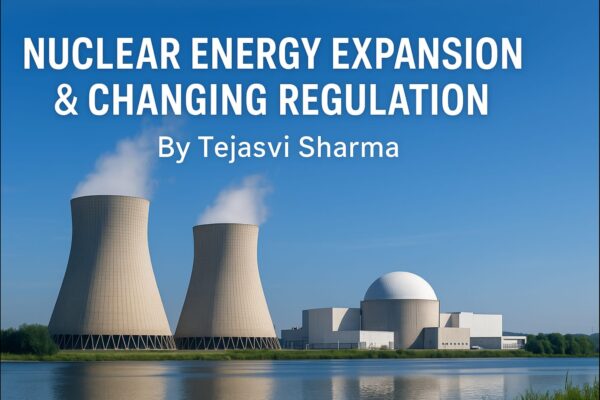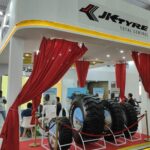Delhi–Varanasi Bullet Train: The contours of progress and the contentions of land compensation
by Tejasvi Sharma, Chief Editor, EPC World
India’s infrastructure aspirations have never been so audacious. As the nation embarks on its second high-speed rail corridor – the Delhi–Varanasi Bullet Train – an endeavour that promises to reimagine intercity connectivity across the populous Gangetic plains, a parallel narrative of disquiet is unfolding. At the heart of the project lies the contentious question of land acquisition: what constitutes fair compensation, and how do the imperatives of national progress reconcile with the anxieties of small landholders?
The proposed alignment, which will span nearly 800 kilometres and traverse Uttar Pradesh’s densely populated agrarian belts, has triggered a cascade of public meetings, protests, and legal notices in the last six months. Although the project is projected to slash travel time between Delhi and Varanasi from nearly twelve hours to less than four, the economic calculus that excites policymakers is not mirrored in the sentiment on the ground.
“The official notifications arrived without sufficient preliminary consultations,” said Pradeep Kumar, a farmer in Etawah district whose three-acre holding falls squarely in the corridor’s right of way. “The compensation being offered is nowhere near the market value, and we fear that the assessment does not account for the fact that this land is our only livelihood.”
While the National High-Speed Rail Corporation Limited (NHSRCL) has affirmed that compensation packages will adhere to the Right to Fair Compensation and Transparency in Land Acquisition Act, 2013, many stakeholders allege that the application of the law remains uneven. Under the Act, compensation must be calculated at four times the market value in rural areas and twice the market value in urban areas, in addition to solatium payments and rehabilitation assistance. Yet, discrepancies have emerged regarding the classification of semi-urban tracts and the timelines for disbursement.
Sanjay Mathur, an infrastructure law expert advising several panchayats along the alignment, observed: “The complexity of acquisition processes is compounded by inadequate cadastral surveys and outdated circle rates. There is a growing perception that the valuation exercise is being conducted with an institutional bias favouring the project’s expediency over the rights of individual households.”
For their part, NHSRCL officials contend that such apprehensions are being addressed systematically. In a recent press briefing, a senior spokesperson stated, “Our goal is to ensure that no family is left worse off. We have appointed dedicated grievance redressal officers in every affected district and have already revised compensation in multiple cases based on fresh assessments.”
However, compensation is only one dimension of the larger contestation. Beyond financial restitution lies the intangible loss of ancestral land, cultural moorings, and community cohesion. Smallholders with fragmented plots fear permanent dislocation and economic precarity in a market that rarely accommodates the unskilled displaced.
Critics have argued that the project’s social impact assessments, though conducted as per statutory protocols, have been treated as a formality rather than a robust dialogue. There is also a lingering scepticism about whether the rehabilitative measures—promised resettlement sites, employment opportunities, and skill development schemes—will materialise once acquisition formalities conclude.
To be certain, India’s infrastructure ambitions demand bold thinking and decisive execution. High-speed rail embodies the promise of leapfrogging decades of incremental progress. But progress must not be built on a foundation of alienation and resentment.
If the Delhi–Varanasi Bullet Train is to become an exemplar of transformative development, it must also set a precedent for procedural fairness and ethical engagement. The state must ensure that the compensation framework is transparent, participatory, and dynamic -responsive to evolving land values and the lived realities of affected communities.
As Pradeep Kumar poignantly reflected, “We are not opposed to development. We only ask that our sacrifice be recognised with dignity.”
In the final analysis, the legitimacy of this monumental enterprise will not be measured solely by kilometres of track laid or minutes saved in transit, but by the moral credibility of the processes that brought it into being.
Tags

